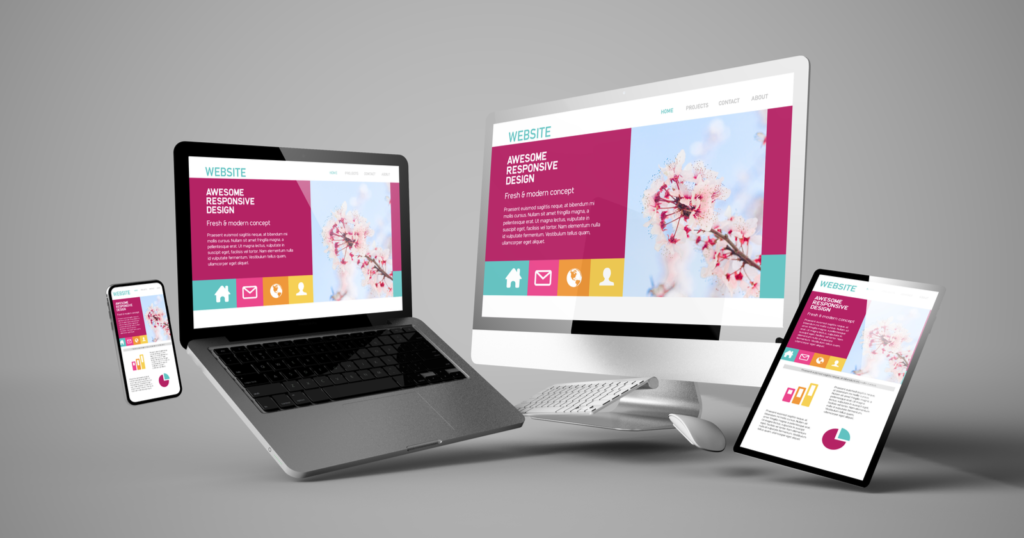
At Webster Solution LLC, we specialize in Pay Per Call services, buying and selling calls to meet your business needs.
Get in Touch
- MULTIPLAN_BACHLTgm24_2025_C
- 1415 NORTH LOOP WEST STE 300-14 #1020 HOUSTON TX, USA 77008
- +12104299357
- Markwebster@webstersolution.co



